On January 15th (Wednesday), a ceremony took place at the Evergreen Aviation & Space Museum in Oregon to hand over wartime items. These items are 129 postcards and letters written by Japanese families to former Japanese soldiers after World War II, hoping for their safe return. Through a series of surprising events, these letters were brought back to the United States and ended up at the museum for nearly 80 years.
Now, with the wish to return them to their rightful place, the museum CEO, Mr. Scot Laney, handed them over to Rex Ziak, the president & co-founder of OBON SOCIETY. The ceremony was attended by Consul General Yuzo Yoshioka from the Portland Consulate and other guests.
We will try our best to return these postcards to the families in Japan, as they were meant to be delivered 80 years ago. Thank you for your kind support!
1月15日(水)オレゴン州のエヴァーグリーン航空宇宙博物館において、遺霊品の受渡式が行われました。これらの遺霊品は先の大戦後、旧日本兵の安否を想いながら綴られた129通のハガキと手紙で、奇遇な経緯を辿りアメリカに持ち帰られ、約80年になります。最終的には、同博物館がそれらを所有していましたが、これらを本来の場所に届けたいという願いのもと、館長のスコット氏よりOBONソサエティ代表のレックスに手渡されました。式典には、ポートランド領事事務所から吉岡雄三総領事をはじめとする関係者の方々もご参列くださいました。
これから当団体は、80年前に届けられるはずであったハガキを、日本のご家族の元に届けるために尽力してまいります。
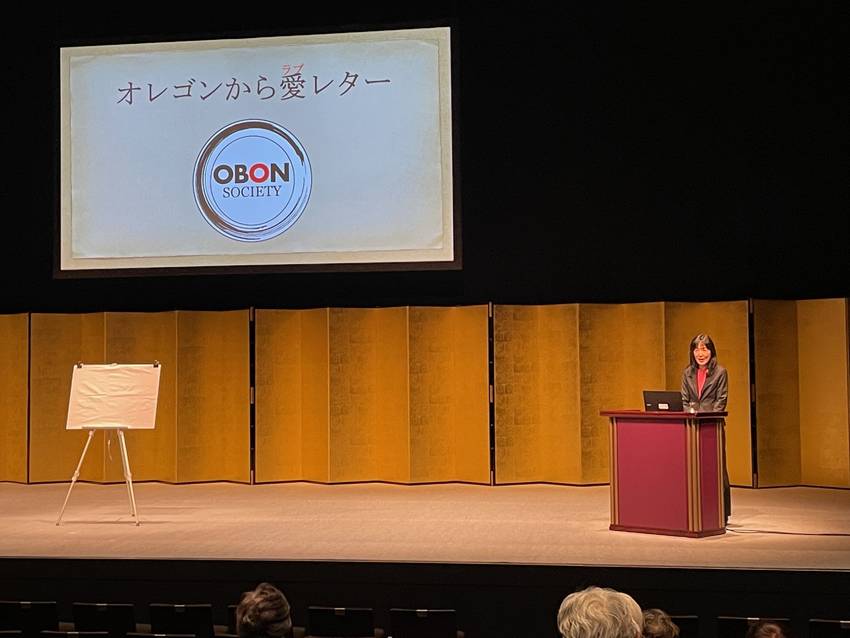 平和継承事業の講演会「オレゴンから愛レター」:京都ロームシアターにて
平和継承事業の講演会「オレゴンから愛レター」:京都ロームシアターにて
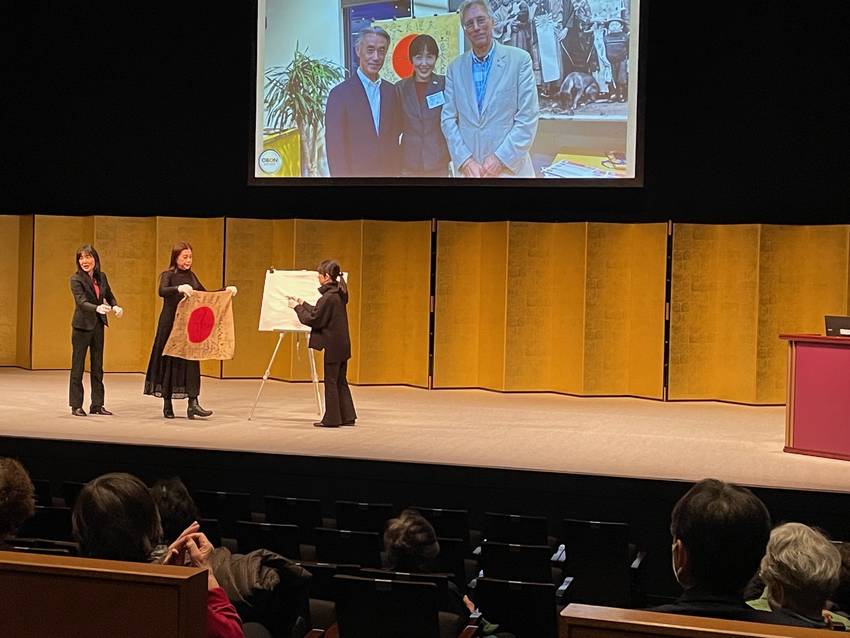

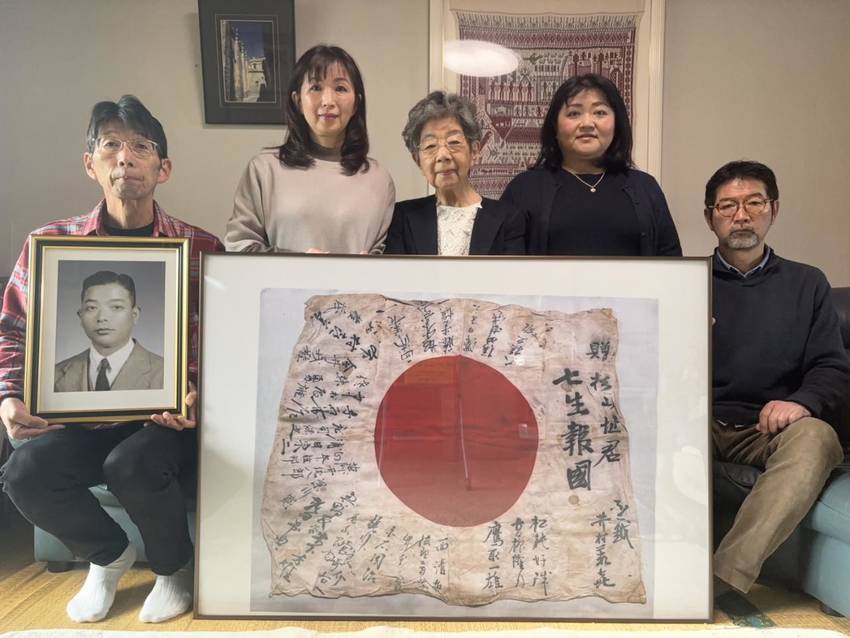 杉山址命「寄せ書き日の丸」を受領された名古屋在住のご遺族
杉山址命「寄せ書き日の丸」を受領された名古屋在住のご遺族
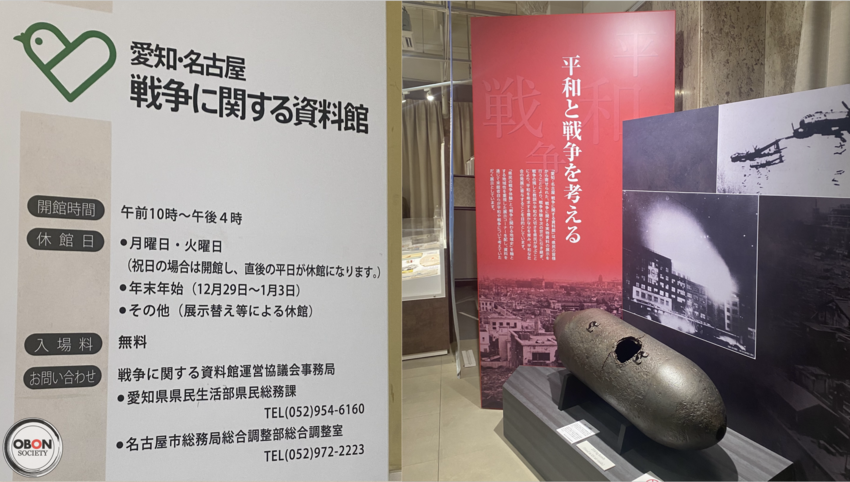 杉山址命「寄せ書き日の丸」が寄贈された愛知・名古屋 戦争に関する資料館
杉山址命「寄せ書き日の丸」が寄贈された愛知・名古屋 戦争に関する資料館
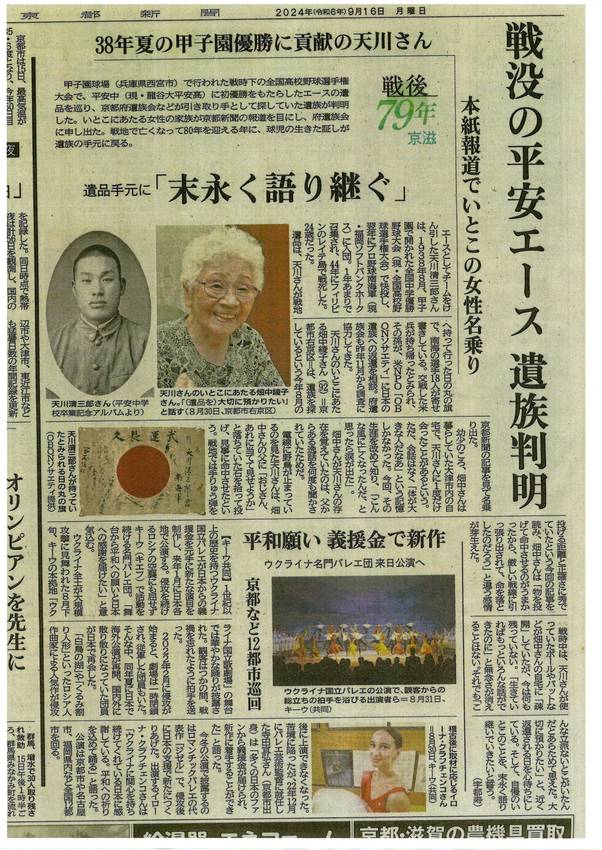 2024年9月16日付、京都新聞記事
2024年9月16日付、京都新聞記事
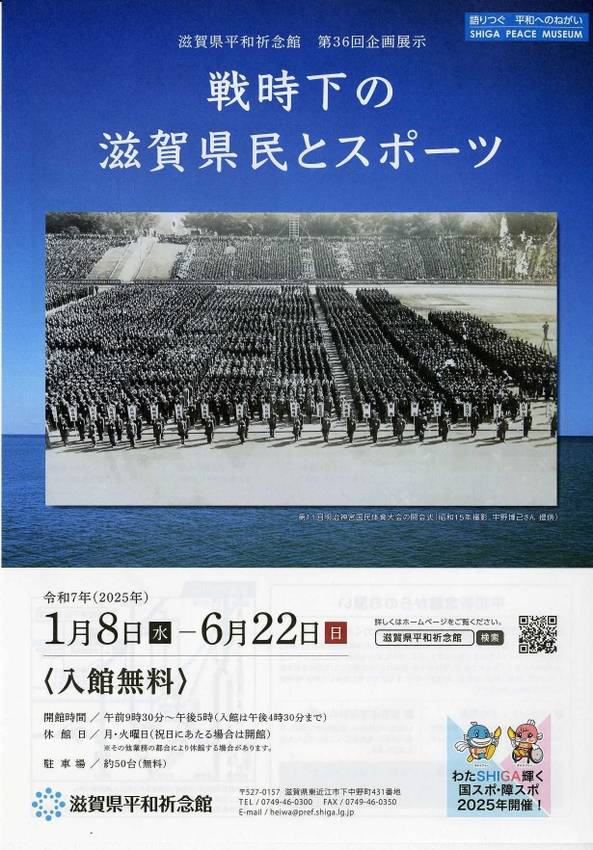 令和7年1月7日〜6月22日まで天川清三郎命「寄せ書き日の丸」を展示紹介しています。是非お立ち寄りください。
令和7年1月7日〜6月22日まで天川清三郎命「寄せ書き日の丸」を展示紹介しています。是非お立ち寄りください。
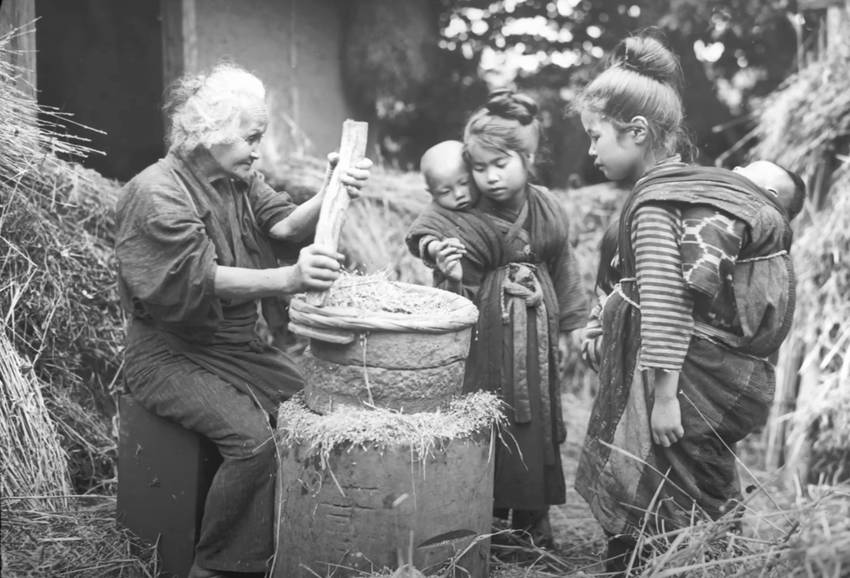 Every adult woman labored from morning to night, growing food while their men were away at war. Grandmothers oversaw the youngsters who were put in charge of caring for the infants.
Every adult woman labored from morning to night, growing food while their men were away at war. Grandmothers oversaw the youngsters who were put in charge of caring for the infants.
 A B29 munitions crew winches an E-46 up and into the bomb bay. Each Superfortress carried forty such bombs, which gave them the capacity to deliver 1520 individual bomblets over their target.
A B29 munitions crew winches an E-46 up and into the bomb bay. Each Superfortress carried forty such bombs, which gave them the capacity to deliver 1520 individual bomblets over their target.